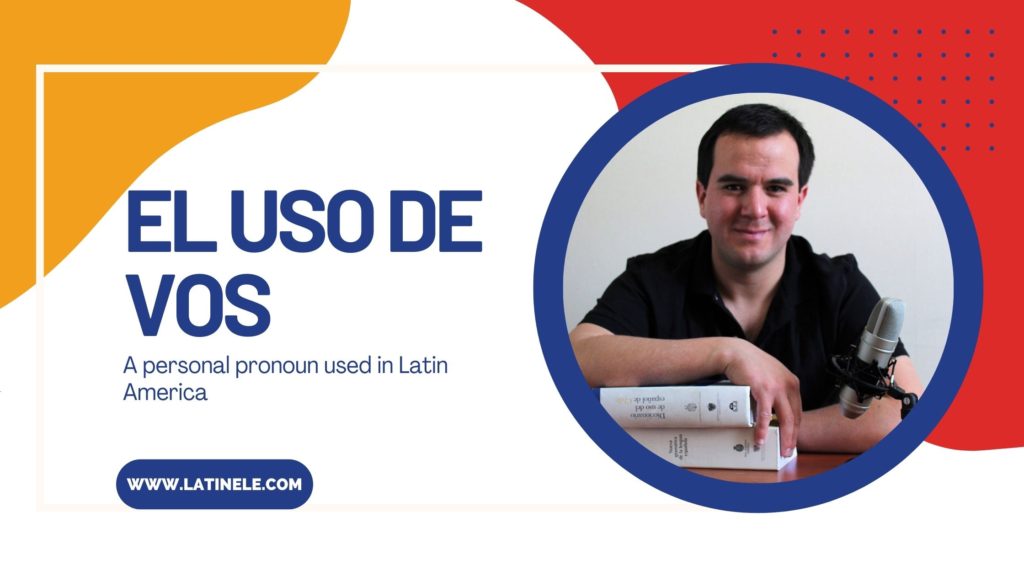
If you are studying Spanish, at the beginning of your instruction you were probably taught the Peninsular variety, but as the time passed by you realized that whenever you listened to a Latin American person that was not exactly what you learnt in the listening activities of your class. That is because the Latin American variety of Spanish has some differences that are worth studying if you are intending to improve your knowledge of the language. Spanish is not spoken homogeneously in every place: there are many differences from one country to another and even within the same country.
That being said, I want to introduce you to a grammatical form that is widely used in Latin American, but which is not commonly treated in most Spanish books (mainly because most of them are produced in Spain). I am talking about the phenomenon called voseo: the use of the second person singular pronoun “vos” instead of “tú”. It is very common in some parts of the American continent, but it no longer exists in Spain.
History of the emergence of voseo in Latin America
The pronoun “vos” (singular form of “you” in English) was used during most part of the Middle Ages among nobles from Spain to address each other formally. During that period of time, the second person singular pronoun “tú” was used to address people from an inferior hierarchy, such as servants and villagers. However, particularly around the beginning of the 16th century, that situation changed and “vos” and “tú” were used interchangeably by people from all social strata, its high class condition disappearing little by little. Later on, in the 17th century, the pronoun “usted” emerged as a polite form to address somebody, which led the pronoun “vos” to its gradual disappearance in Europe for being no longer necessary.
But the Spanish settlers in Latin America, who did not receive the influence of the changes in the language in their fatherland (there were no telephones or internet!), continued to use “vos”, and that is how it became widespread in the young continent. It is still extensively found in many countries, such as Argentina, Bolivia, Peru, Colombia, Chile, Costa Rica, Ecuador, Guatemala, Honduras, Nicaragua, and Paraguay.
The use of “vos” nowadays
The use of “vos” is not homogeneous in the Americas. It has different sociocultural connotations, which make it difficult to give a general rule that works every time “vos” is used.
Argentina is the only country where “vos” is the predominant form to refer to the second person singular. Its use is so widespread that is common to see it on the news, on the radio, in magazines and books. In Uruguay educated people use both “vos” and “tú”. In Paraguay and Chile, vos is restricted to uneducated people, the higher classes using “tú” instead … and so on! So if you are planning to travel to a Latin America, make sure you know the adequate use of “vos” in the country you will visit.
In summary, the pronoun “vos” has not had the same prestige and connotations at different periods of history. It is no longer used in Spain, but it has managed to survive in Latin America in many special and divergent ways. That way, the pronoun “vos” emigrated from Europe to the wild and fascinating lands of Latin America and it’s here to stay.

Education & Online Course Template Kit by Jegtheme
Copyright © 2022. All rights reserved.
